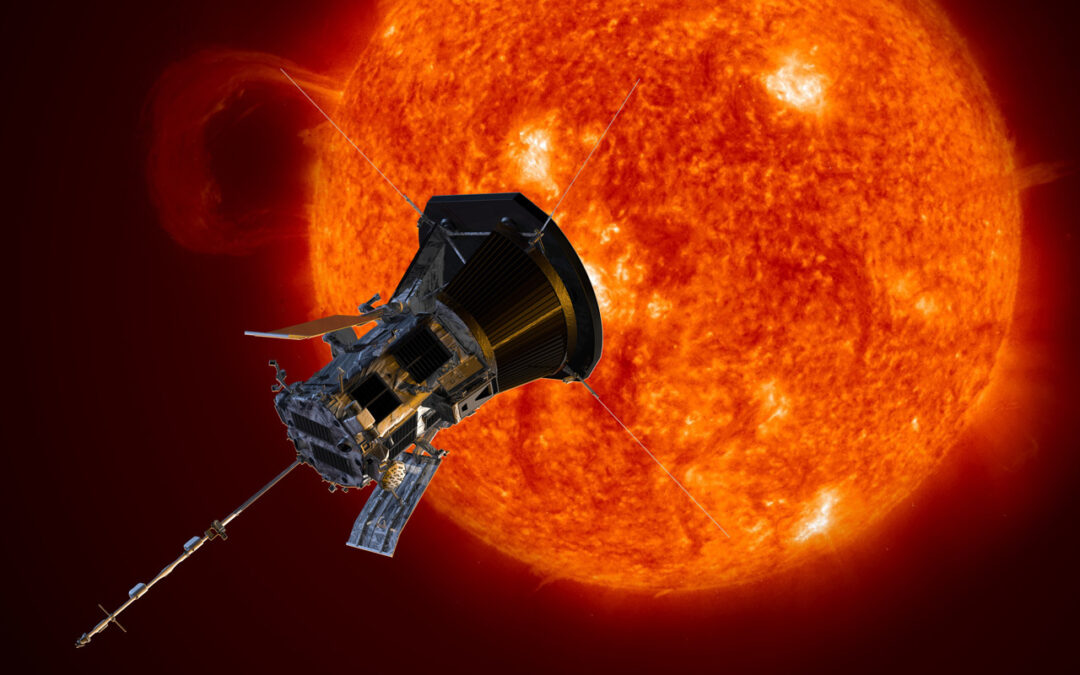The first mission to ‘touch’ the sun has recently made a ‘important’ discovery about solar wind.
After finally reaching close enough to the sun, researchers have taken an important step toward determining the source of solar wind.
The project, which was started in 2018, aims to discover what the wind looks like as it develops near the sun and how it escapes the gravity of the star.
Data from the Parker Solar Probe, named for the late scientist Eugene Parker, was collected and published in the journal Nature yesterday (7 June).
The solar probe was able to detect fine structures of the solar wind near the photosphere, commonly known as the solar surface, as it approached the sun at roughly 13 million miles (20.9 million kilometers).

After collecting details that vanish after the wind is blown from the corona, or the sun’s heated outer atmosphere, toward Earth, such formations provided researchers with a critical insight.
The probe was meant to travel within an astounding distance of around 3.9 million miles (6.2 million kilometers) above the solar surface during its closest approach, and in 2021, the spacecraft and the team of minds behind it became the first mission ever to ‘touch’ the sun.
According to NASA’s official website, “NASA’s Parker Solar Probe is on a mission to ‘touch the Sun.'”
“The spacecraft is flying closer to the Sun’s surface than any previous spacecraft.” “The mission will transform our understanding of the sun.”
So, why is understanding solar wind so critical?

Understanding the origins of solar wind, for example, is critical in helping scientists better predict space weather and solar storms that might disrupt Earth’s atmosphere.
“Winds carry a lot of information from the sun to Earth,” said study co-author James Drake, a physics professor at the University of Maryland, College Park, in a statement.
“That will affect our ability to understand how the sun releases energy and drives geomagnetic storms, which are a threat to our communication networks,” Drake added.
The NASA probe discovered very energetic particles traveling 10 to 100 times faster than the solar wind.
This discovery prompted researchers to think that the lightning-fast solar wind is caused by magnetic field reconnection.

“The big conclusion is that it is magnetic reconnection within these funnel structures that is providing the energy source of the fast solar wind,” said lead study author Stuart D. Bale, a professor of physics at the University of California, Berkeley, in a statement.
“It does not just come from anywhere in a coronal hole; it is substructured within coronal holes and goes to these supergranulation cells.” It is derived from these little bundles of magnetic energy linked with convection fluxes.
“Our findings, we believe, provide strong evidence that it is reconnection that is causing this.”
Download The Radiant App To Start Watching!
Web: Watch Now
LGTV™: Download
ROKU™: Download
XBox™: Download
Samsung TV™: Download
Amazon Fire TV™: Download
Android TV™: Download

